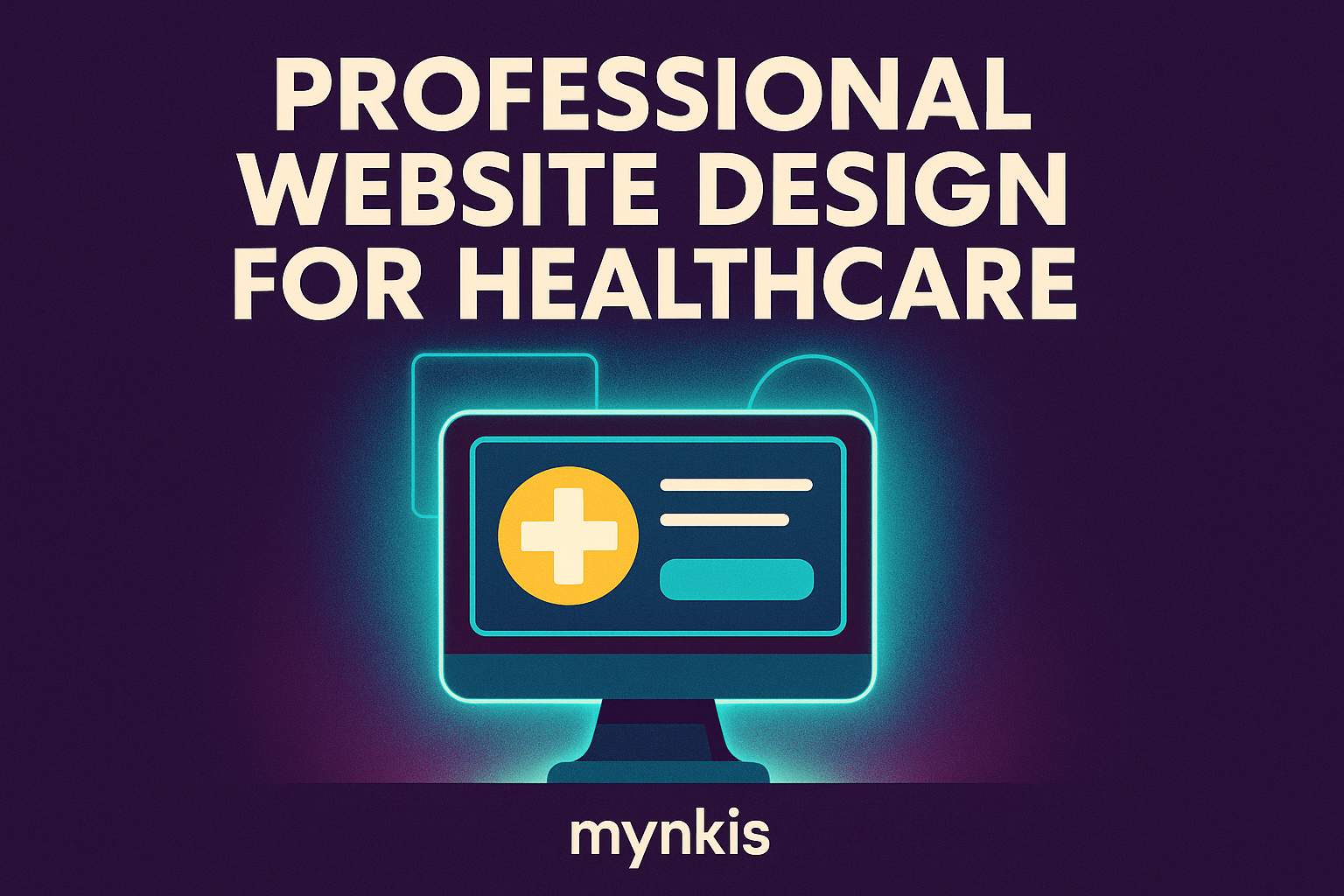Schedule a Demo
When you dive into the realm of professional website design, it's like stepping into a world where aesthetics meet functionality—particularly crucial for clinics and hospitals. I've worked with numerous healthcare providers, and it's always fascinating to see how a well-designed website can streamline patient interactions and secure data management.
The first step in collaborating with a professional design firm is understanding your specific needs. For healthcare organizations, compliance with HIPAA regulations is non-negotiable. Your website must not only look appealing but also offer secure, efficient patient portals. Every element on your site should serve a purpose, whether it's booking appointments or accessing medical records.
Let's talk about what happens behind the scenes. I've witnessed countless project kickoffs where designers delve into wireframes and sitemaps—blueprints of what your website will eventually become. This stage sets the tone for user experience (UX) and user interface (UI) design, critical for guiding patients seamlessly through their online journey with your clinic or hospital.
From my experience, a robust design process often includes multiple iterations. Your chosen design firm might come back with several mockups, each one inching closer to your vision. It's fascinating to watch a website come to life from a simple concept to a fully interactive experience.
Now, we can't talk about website design without discussing the tech side. In healthcare, you need scalable solutions. I often remind clients to think about how they'll handle patient data with care—ensuring it's encrypted at rest and in transit. Additionally, responsive design ensures your site looks great on any device, from smartphones to tablets, which is incredibly important for on-the-go patients.
SEO (Search Engine Optimization) might sound like a buzzword, but it's vital. I once worked with a healthcare group whose online visibility soared after we optimized their site for search engines. This isn't just about getting more clicks; it's about ensuring the right patients can find you when they need healthcare services.
While the design captures attention, content keeps users engaged. For hospitals and clinics, clear, informative content about treatments, facilities, and staff can make a significant difference. I've seen facilities with compelling content see better patient engagement and trust. Crafting such content often involves working closely with your design team to ensure the message matches the medium.
Once your website is live, the work doesn't stop. I've learned that continuous monitoring and updates are crucial. Whether it's to stay ahead of tech trends or to refresh content, staying dynamic ensures your site remains relevant and helpful for your patients.
Think of the launch as the beginning of a long-term relationship with your website. Analytics can provide insights into how patients use your site, guiding future design decisions. And remember, the world of technology and healthcare regulations evolves; your website should evolve with it.
Collaboration between your organization and the design firm is the backbone of a successful project. I stress to clients the importance of staying involved throughout the design process. Your insights as healthcare professionals ensure that the website meets real-world needs, reflecting the expertise that organizations like the American Medical Association advocate for.
Choosing a professional firm for your website needs isn't just about who can make the prettiest page. I suggest looking for firms with a proven track record in healthcare—firms that understand the nuances of patient data security and the regulatory landscape. References from other healthcare providers and case studies can give you confidence in your choice.
While cost is always a consideration, remember that this is an investment in your patients' trust and your institution's digital presence. Often, lower initial costs from inexperienced firms can lead to larger expenses down the line due to the need for frequent updates and fixes.
The end goal is always to enhance the patient experience. I've seen first-hand how a well-thought-out website can ease the often stressful journey of health management. Features like online appointment scheduling, telehealth support, and patient education resources can transform the patient experience from start to finish.
It's important to consider the future when investing in a website. I often discuss with my clients how their new site needs to be adaptable for upcoming technologies and possible shifts in healthcare regulations. Building with future-proofing in mind, like using modular design, allows for easier updates and flexibility as your needs evolve.
Remember, the decisions you make now on compliance, security, and functionality will impact your organization's online presence for years to come. So, take the time to ensure your website is built not just for today's needs but for the evolving healthcare landscape.
